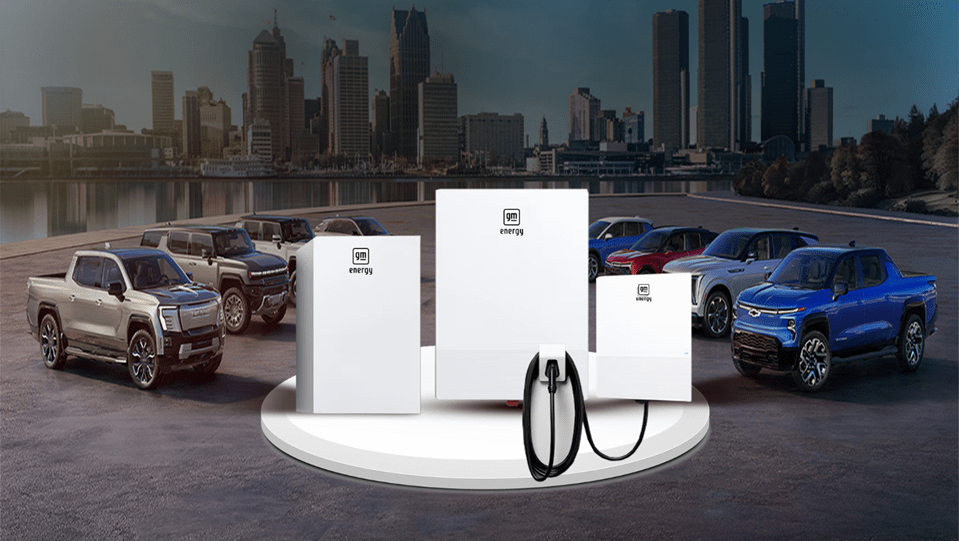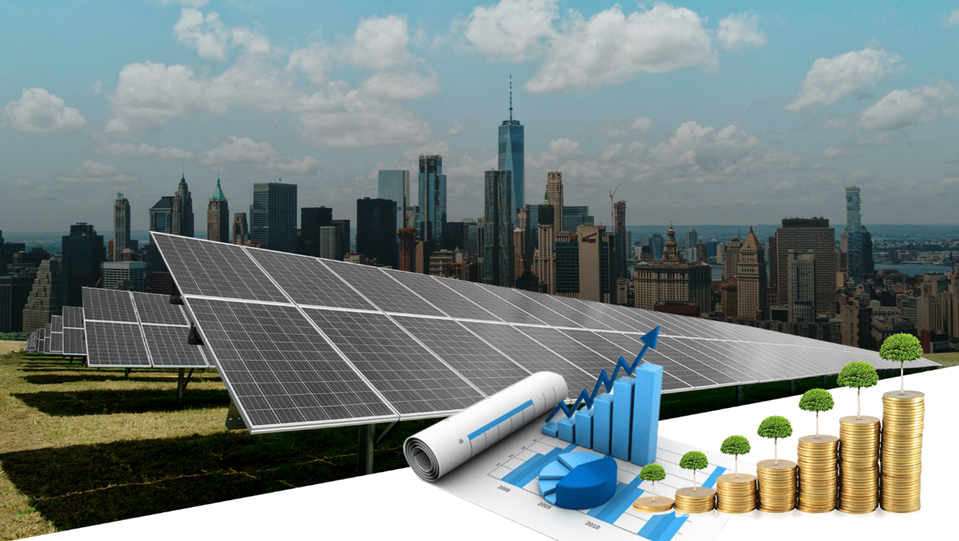- Published On:
EV Charging through Solar Panels
With the advancement in technology, the world is moving toward a faster, better, and cleaner mode of transportation. Mechanical engines are a thing of the past. Electric engines, powering electric vehicles, are the FUTURE. It is faster, reliable and did I mention it is an eco-friendly way to travel. Moreover, charging EVs through solar energy is like a cherry on top. EVs have an exclusive feature known as a regenerative braking system. It is a way to conserve energy which, in turn, increases the efficiency of EVs. Through Regenerative braking systems, EVs are able can their kinetic energy back to electrical energy, making EVs more appealing to general customers.
According to International Energy Agency reports, by the end of 2021, 16.6 million EVs were pacing the road around the globe. In 2021, electric vehicles sale almost got doubled. Why? It was primarily because of the inflated gas prices and second people just want to reduce their carbon footprint. The United States government is also encouraging its citizen to invest in electric vehicles. This initiative could be seen in terms of the passage of the inflation reduction act. According to this act, money is being diverted toward building the largest infrastructure in the US. Not only this charging EVs through solar energy is cheaper as compared to gas prices.
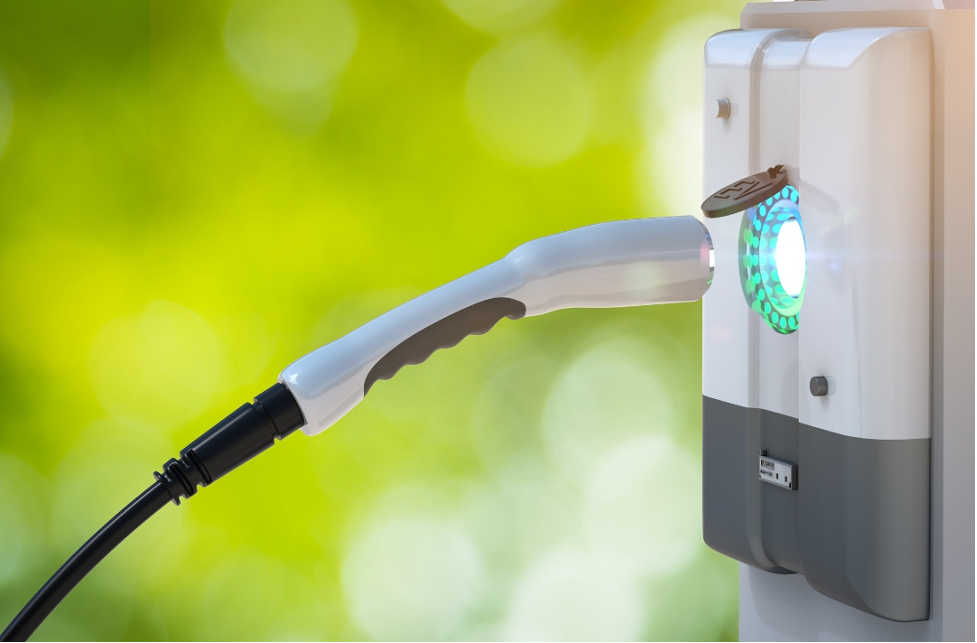
Could EV charging through solar panels be possible?
According to the US Energy Information Administration(EIA), “electricity costs are consistently on the rise for the past twenty years”. Gas prices crossed the eighteen percent increase mark last year. People want to make the most out of their auto budget these days. How can people do that? By switching to EVs. The cost of switching from general motors to electrical motors would seem quite high, at first. But, in the long run, it is going to save you a lot of money plus the added benefits of no noise pollution and clean air to breathe in. There are also federal and local tax credits that would help lower the initial cost of EVs just like solar incentives. But, how can we economically charge an EV? Simple, through solar charging options.
Solar charging options are the best option for charging EVs. With the rising cost of electricity and extreme weather patterns: charging EVs through solar energy is eco as well as budget-friendly for homeowners. EV charging through solar panels would help us to curtail the increasing global warming phenomena without even budging on our carbon footprint. According to a report by International Council on Clean Transportation, “gas-powered vehicles emit more greenhouse gases as compared to electrical vehicles” and EVs are more energy efficient by the process of regenerative braking systems.
Things you need to charge an EV through solar energy:
EV charging through solar energy setups include
- A rooftop solar module.
- Micro-inverter.
- Level two EV charger.

Why use a solar panel array to charge your electric vehicle?
EVs could be charged through electricity that can come from utility grids, from your rooftop solar array, or from public charging stations. According to a survey conducted by solar service, EV charging through solar panels would set you back by 415 dollars annually, while charging the same vehicle through the grid power would cost you about 662 dollars, and charging through a public EV charger would cost you about 1058 dollars. You could save up to 16250 dollars annually by charging your EVs at home. So, the first reason to charge EVs with the solar array is that it is economical in nature. Second, since solar arrays use solar radiation as a source of electricity production, they won’t budge your carbon footprint either. So, it is like killing two birds with one stone. You get to enjoy fast rides in a more economical and eco-friendly way.
What should be the size of the solar system to charge an electric car?
The solar system size to charge electric vehicles depends upon the battery capacity of the EV, EV charging efficiency, and EV charger. According to an estimate, one solar panel produces four-kilowatt energy per day. EVs need approximately 4666 kWh of energy to charge electric vehicles. If you already have a rooftop solar array installed, then you might only need three to twelve additional solar arrays on top of your current solar PV modules. Otherwise, if you need to install solar arrays from scratch, you need to make a count of solar arrays which could supply electricity to both your home and electric vehicles.
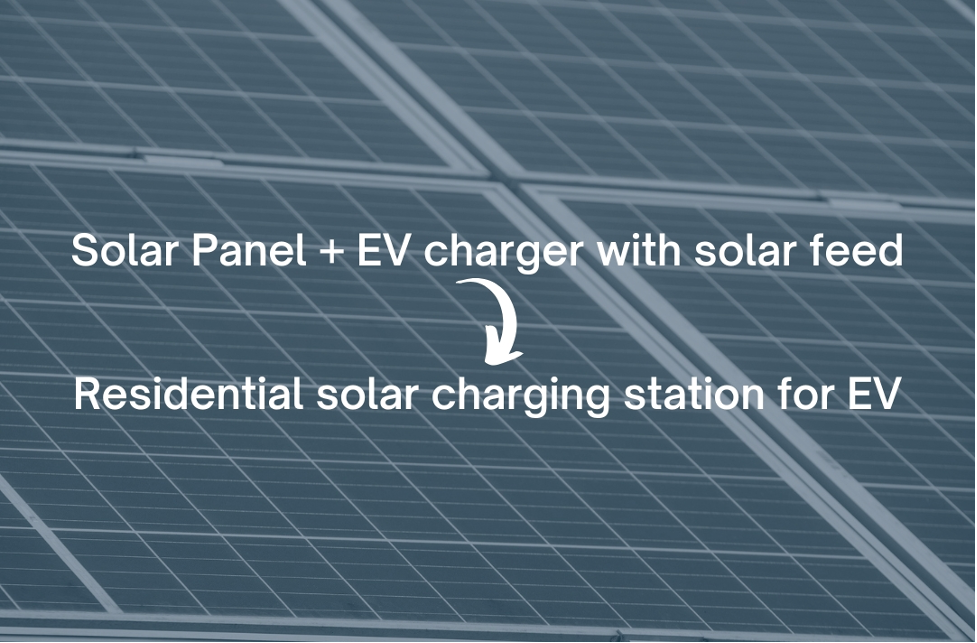
How much electricity EVs require?
It all boils down to the battery capacity of your EV. The greater is the battery capacity of your EV the greater amount of electricity you require to fill that up. EV battery capacity usually measure in kilowatt hour (kWh) and it usually ranges from 17.5kWh t 200kWh.
To know about the battery capacity of your EV contact your dealership. Once you gain the information about the battery capacity the calculation for electricity demand of your EVs becomes effortless. As for now following are the top five electric vehicles with the largest battery capacity.
- GMC Hummer EV:200-kWh battery with a mileage of 329 to 350.
- Rivian R1T and R1S: 135-kWh battery with mileage of 314 for the R1T and 316 for the R1S.
- Lucid Air: 118-kWh battery with a mileage of 520.
- Mercedes-Benz EQS:115-kWh battery with a mileage of 350.
- Tesla Model S and Model X:100-kWh battery with a mileage of 387 to 520 for the Model S and 335 to 371 for the Model X.
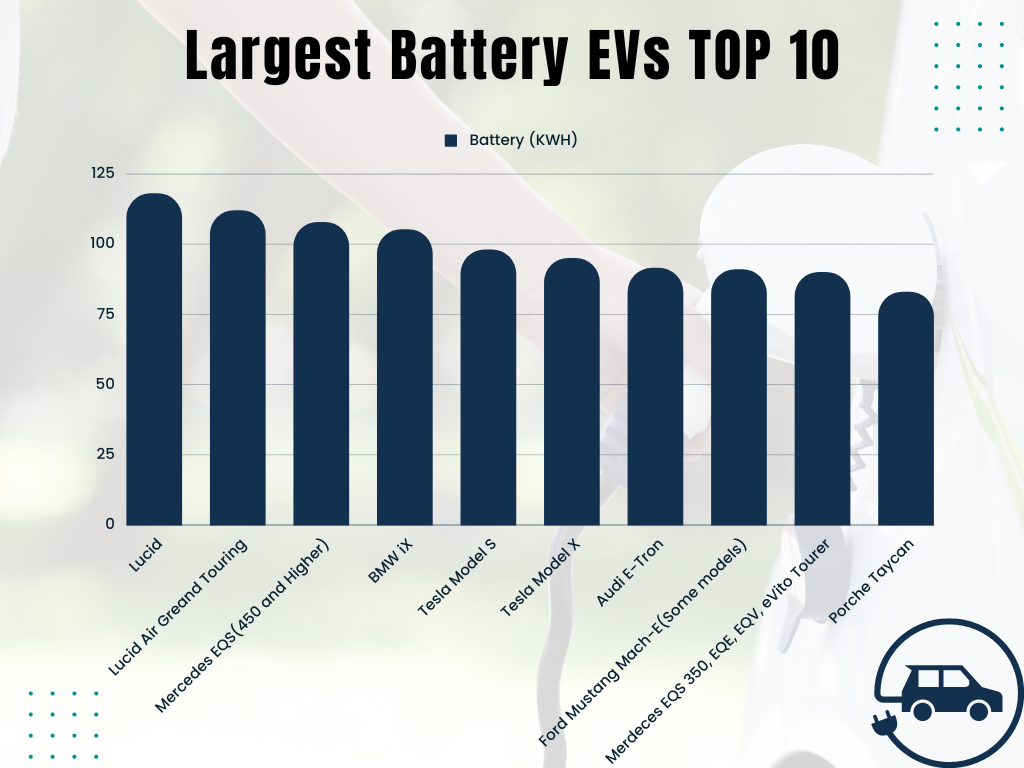
How many Solar Panels do I need to charge my EV?
Solar panels can generate about 250 watts of electricity to 450watts per panel. This electricity production depends upon on the quality and solar panel brands you choose to install. It means the electrical power generation can range from about 1kWh to almost 1.8kWh per day by a single panel. Therefore, in order to fully charge the Tesla model S, you will need almost 75panels for 1kWh power generation and 42 panels for 1.8kWh power solar panels. It is always better to discuss the electrical power production of solar panels with your installer before installing them. It is wise to choose quality over quantity. Once the quality is improved the quantity will automatically decrease.
Furthermore, an average US resident travels 39 miles per day, which is equivalent to 12kWh. In order to fully charge an EV a person will require almost 12 solar panels. But, if your car mileage is less than 39 miles per day then you will require less than 12 solar panels. Remember that an average US house requires 19 to 34 solar panels in order to fully cover its electricity bill. So if you will extra 12 panels on top of that to fully charge your EV.
What is the Smart EV Charger?
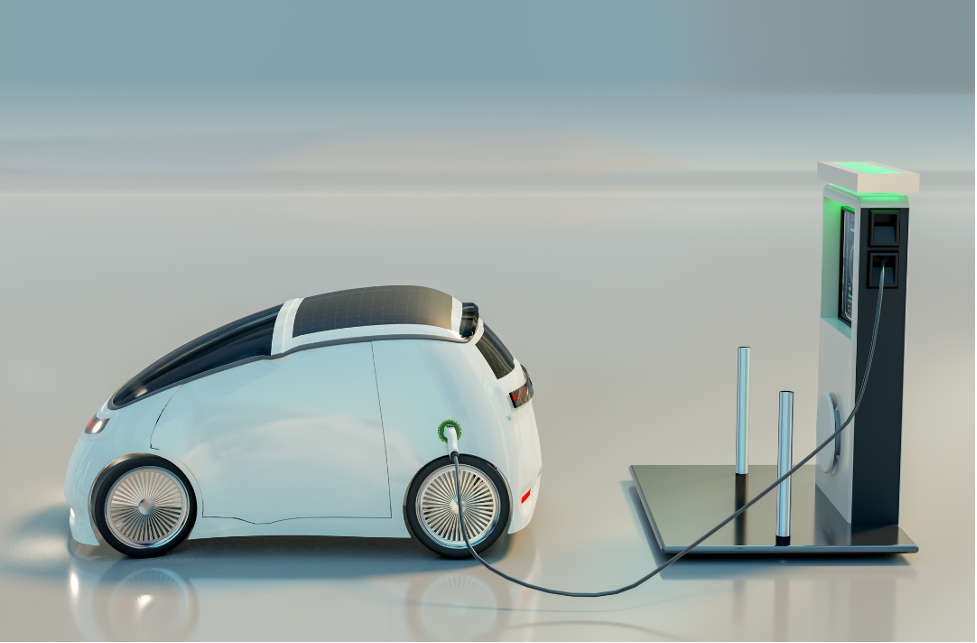
Zappi v2:
Zappi v2 upholds the largest buyers range in the solar community. It is due to the features like an in-built screen and control panel that make zappi so popular. It has also solar wind and micro-hydro support. However, with its multiple charging modes and reliability, zappi v2 is top among the contenders for EV chargers available in the market.Hypervolt home 2.0:
Hypervolt home 2.0 comes with solar integration dedicated terminals and the ability to charge EVs with hundred percent solar energy. For having solar energy only as a source to charge EVs, Hypervolt home 2.0 is the best option.Indra smart pro
Indra smart pro is best for off-peak charging and smart scheduling. Indra smart pro improves uptime through its proprietary technology for earthing.Is there a best time to charge EVs with solar energy?
EV charging through solar panels could be done at any given time. However, the best time to charge your EV is at off-peak hours. This is the best way to utilize excess electricity generated by your solar PV modules. Instead, of sending the extra electricity generated by your solar arrays you could put that energy to use by charging your EVs.
How long would it take to charge an electric car with a solar panel?
EVs charging efficiency would depend upon things like
- How empty the EV battery level was when plugged in.
- The ambient temperature.
- The rate at which the EV charging station transfers the electricity to EVs.
The EV charging efficiency could vary from seventy to ninety percent. How much charging time is required for EVs? Determination of it is quite difficult because there are no miles per gallon metrics that are present in the case of mechanical engines. For this problem, the only solution is to maximize the voltage provided by the solar charging station to the EVs. How can we maximize the voltage? There are three ways to accomplish this
- Peak sun hours on your home: The greater the sunlight fall on your rooftop solar array the greater will the EV charging efficiency.
- Car model: EV battery capacity plays a very important part in determining EV charging efficiency.
- The direction of your rooftop solar array: Solar array produces maximum electricity when facing south and west.
Thus, EV charging by solar array depends upon the battery capacity of the EV and the efficiency of the charging station. Roughly, it could take a minimum of up to eight hours and a maximum of up to overnight to charge an EV through the rooftop solar array.
Related Articles:
With the increasing trend of using EVs, GM Energy V2H (Vehicle-to-Home) charging system is also gaining popularity.
The trend of electric vehicles is booming in the U.S. as an EV offer more sustainable and cleaner source of transportation.
What if your car could power your home during blackouts? Or, supply excess energy to the grid during peak hours?

